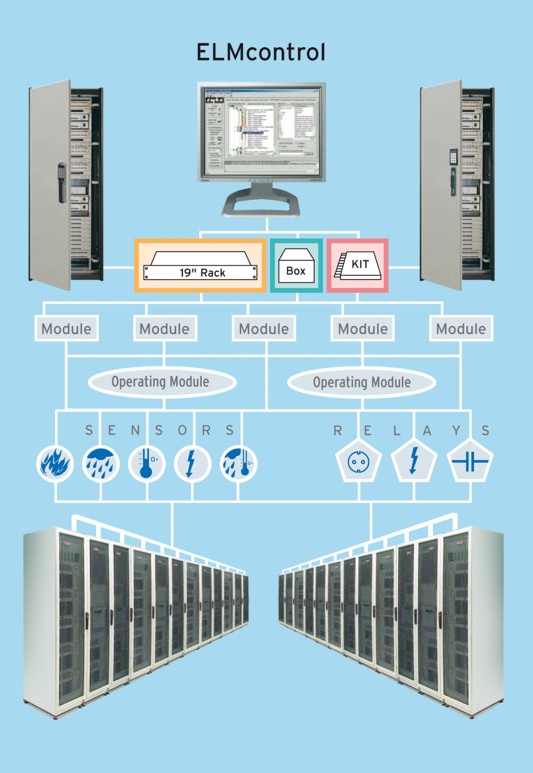By Andy Billingham, Managing Director – EMKA (UK) Ltd
Mechatronics is a term perhaps most associated with automotive applications. In reality, however, mechatronic solutions are found in almost all areas. Thanks to EMKA this is now increasingly true for the security of switch cabinets.
This increase in safety awareness has led to access control for sensitive areas via electronic locking systems and permissions via data code at every turn. Consequently the number of access controlled server cabinets, electrical appliances or machine installations is also increasing in many factories. In the majority of cases it is fear of sabotage, theft or system breakdown that has caused such provisions. Among the most important demands on today’s security systems are therefore data security, defence against unauthorized access, as well as a documentation of changes in conditions.
In most of these cases systems are applied which are a complex symbiosis of micro-electronics and precision mechanics – a mechatronic system.

The EMKA electronically controlled locking system (ELM) is such a system which allows access to switch cabinets of any kind and comprises the functions of monitoring, control and communication. It provides – for example – the electronic control of mechanically locked cabinets, it sends messages and activates control functions. Several options are provided for opening and monitoring – while rod controls perform the function of mechanical locking, their operation is effected via swing handle with solenoid, key pad, proximity card, mobile phone, or network management stations and as soon as the system is active, all access attempts and actions are logged within the event memory.
Modules in the Bus
The applications of ELM go from simple standard monitoring to a complex system networking, chiefly dependant upon how many switch cabinets, server rooms or electro installations require this level of security. The system allows extension to as much as 512 locks and the processing of signals from 256 sensors. Complex network-solutions may be realised by a combination of several 19“-rack control units. Front panel LEDs give information regarding the operational status of the connected modules and on the back, slide-on sockets provide for the connection of additional equipment. The standard scope of supply includes a communication module, a handle module for 8 handles, a sensor module, and an integrated power supply. Further modules, as for instance a proximity or a GSM-module, as well as additional signallers (smoke sensor, temperature sensor) may also be connected.
For the control and monitoring of the system EMKA have developed a Software front end package, which allows a free programming of every module and the setting of a large number of parameters. Event display and storage in real time and pre-settings of actions that follow a relevant report are directly activated.
Individual ELM modules are functionally self contained and connected by a BUS with sensitive data exchange effected using full encrypted algorithms. Due to the use of different transfer mode systems it is possible to achieve significant cost-saving integration into higher level management systems. Up to 64 modules of any type can be connected to the system BUS which may have a maximum length of 1000 m and also allows remote Software updates and module programming. Data protection in the event of a power failure is carried out within the modules.
Operation of a complete ELM-system requires only a single communication module with external access provided via RS232 interface or via 10 Base-T Ethernet, after TCP-IP configuration all modules may be activated via customer WAN-network and the SNMP1.x transmission protocol ensures simple integration of the system into higher level management systems, as for instance HP Openview. The existing real time clock and an additional memory allow an exact log of all events on the system that remains stored even in case of an electrical power outage. The status of the complete system is displayed at anytime by two central alarm relays that allow the forwarding of alarm events to remote monitoring stations.
Download “Mechatronic Symbiosis with Bus” as a pdf document



